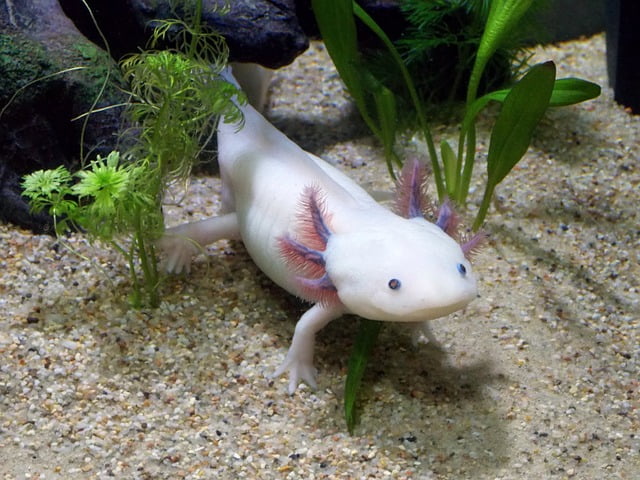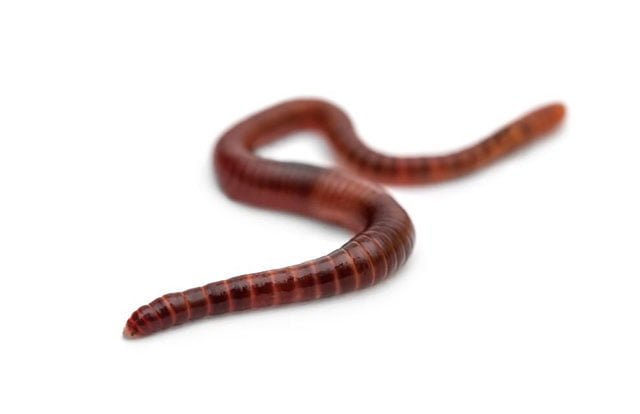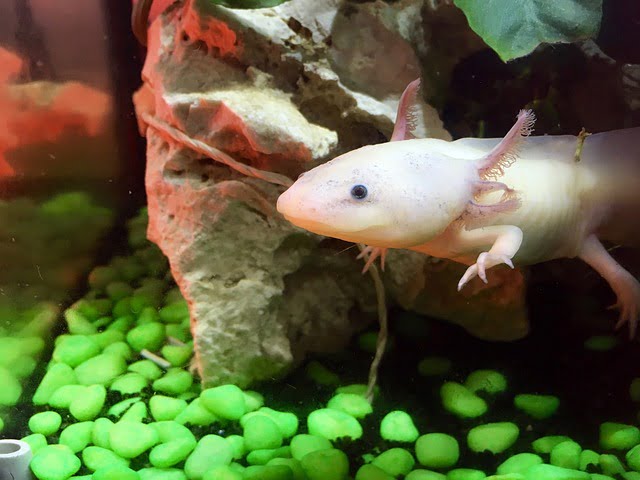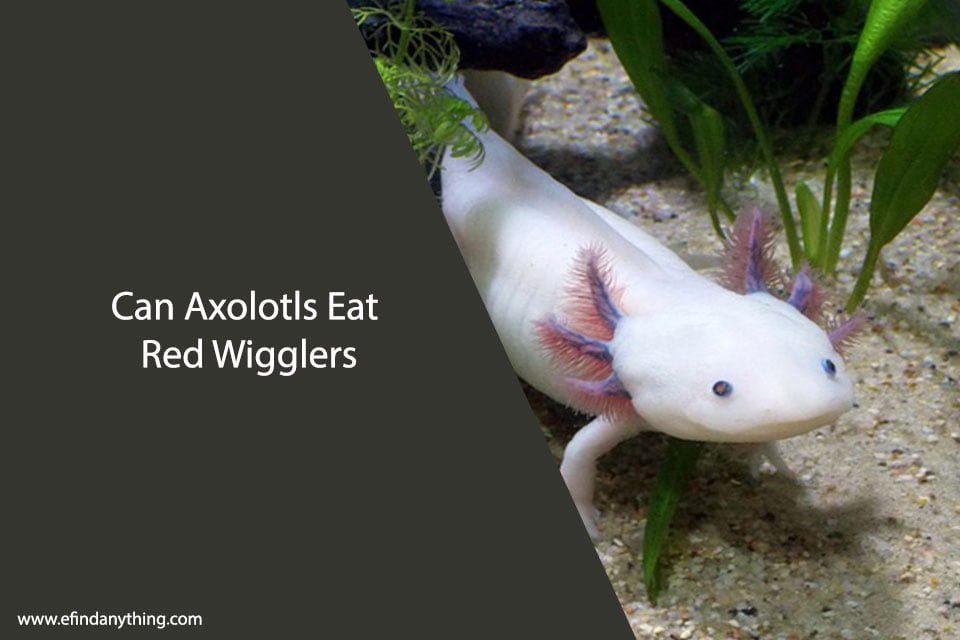Are you a proud owner of an adorable axolotl? These fascinating aquatic creatures are known for their unique appearance and captivating behaviors. As a responsible axolotl parent, you want to ensure that your pet stays healthy and well-nourished. One question that often arises is whether axolotls can eat red wigglers. In this article, we’ll dive deep into this topic to provide you with the information you need.

Table of Contents
Understanding Axolotl Diet
Before we explore the potential of red wigglers as axolotl food, let’s understand the dietary needs of these aquatic creatures. Axolotls are carnivorous amphibians that primarily feed on small invertebrates, including insects, crustaceans, and small fish. In captivity, they are commonly fed a variety of food items, such as bloodworms, brine shrimp, and pellets specifically formulated for axolotl nutrition.
Red Wigglers: An Overview
Red wigglers, also known as Eisenia fetida, are a type of earthworm often used in composting or as fishing bait. These worms have a reddish color, a slim and elongated body, and are highly active. Red wigglers are nutrient-rich and have a balanced profile of proteins, fats, and carbohydrates, making them potentially suitable for axolotl consumption.

Feeding Axolotls with Red Wigglers
Now, let’s address the burning question: can axolotls safely eat red wigglers? The answer is yes, but with certain precautions. Red wigglers can be a valuable addition to an axolotl’s diet, but it’s important to consider a few factors before introducing them as a food source.
Precautions to Consider
Firstly, size matters. Axolotls have relatively small mouths, especially when they are young. It’s crucial to ensure that the red wigglers you offer are small enough for your axolotl to consume comfortably. If the worms are too large, they may pose a choking hazard or cause digestive issues for your pet.
Secondly, it’s important to be cautious about introducing parasites or diseases into your axolotl’s habitat. Red wigglers, like any live food source, have the potential to carry parasites or pathogens. To minimize this risk, it’s recommended to obtain red wigglers from reputable sources or breed them yourself using a controlled environment.
Guidelines for Safe Feeding
To safely incorporate red wigglers into your axolotl’s diet, here are a few guidelines to follow:
- Age and Size Considerations: Start offering red wigglers to axolotls that are at least six months old and have reached a suitable size. This ensures that they can handle the nutritional needs and swallow the worms without difficulty.
- Frequency and Portion Size: Feed red wigglers to your axolotl once or twice a week, depending on their size and dietary requirements. As a general rule, offer a portion of red wigglers that your axolotl can consume within a few minutes.
- Preparing Red Wigglers: Before feeding red wigglers to your axolotl, rinse them thoroughly in clean water to remove any potential contaminants. It’s also beneficial to “gut-load” the worms by feeding them high-quality, nutrient-rich foods for a day or two before offering them to your axolotl. This enhances the nutritional value of the worms.
Observing Your Axolotl’s Response
As you introduce red wigglers to your axolotl’s diet, closely observe their response. Axolotls are known for their individual preferences and behaviors. Some may eagerly consume red wigglers, while others might be less interested. If your axolotl shows a lack of interest, you can try varying the feeding techniques or consider alternative food sources.
Alternatives to Red Wigglers
While red wigglers can be a nutritious food option for axolotls, it’s always good to diversify their diet. Some alternatives to red wigglers include bloodworms, brine shrimp, daphnia, and commercially available axolotl pellets. Each food source provides different nutrients, ensuring a well-rounded diet for your axolotl.
Potential Risks and Concerns
While red wigglers are generally safe for axolotls, it’s essential to be aware of potential risks and concerns. Allergies or adverse reactions in axolotls are possible, although rare. If you notice any unusual behavior, digestive issues, or signs of discomfort after feeding red wigglers, consult a veterinarian with expertise in exotic pets.
Overfeeding is another concern to watch out for. While axolotls have voracious appetites, it’s crucial to maintain a balanced diet and avoid excessive feeding. Overfeeding can lead to obesity, nutritional imbalances, and subsequent health issues.

Conclusion
In conclusion, red wigglers can be a beneficial addition to an axolotl’s diet. However, it’s important to consider the size of the worms, potential risks of parasites or diseases, and closely observe your axolotl’s response. Remember to follow the guidelines for safe feeding and consider alternative food sources to provide a well-rounded diet for your axolotl.
By taking these precautions and offering a varied diet, you can ensure that your axolotl thrives in a healthy and nourishing environment. Always prioritize the well-being of your unique aquatic companion, and enjoy the wonderful journey of being an axolotl owner!





